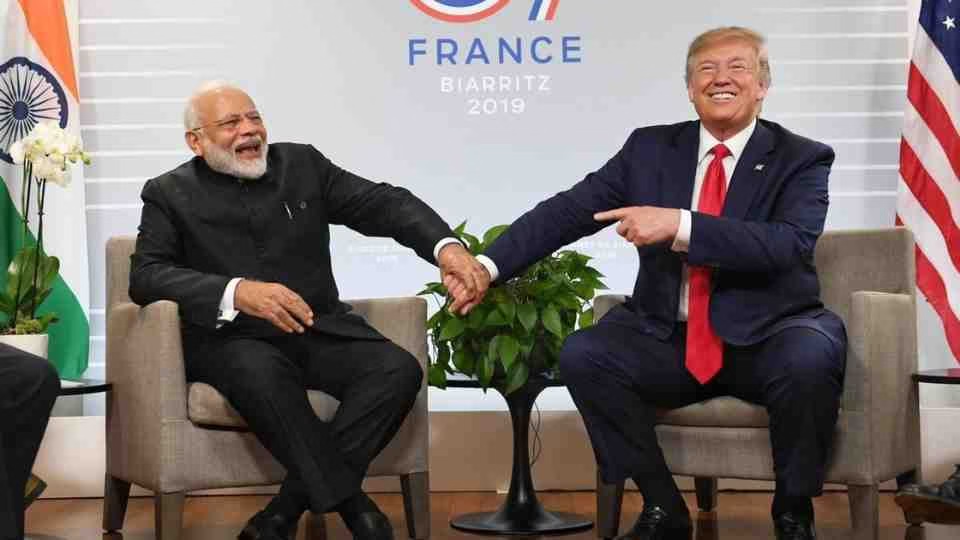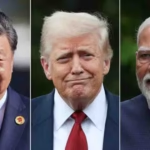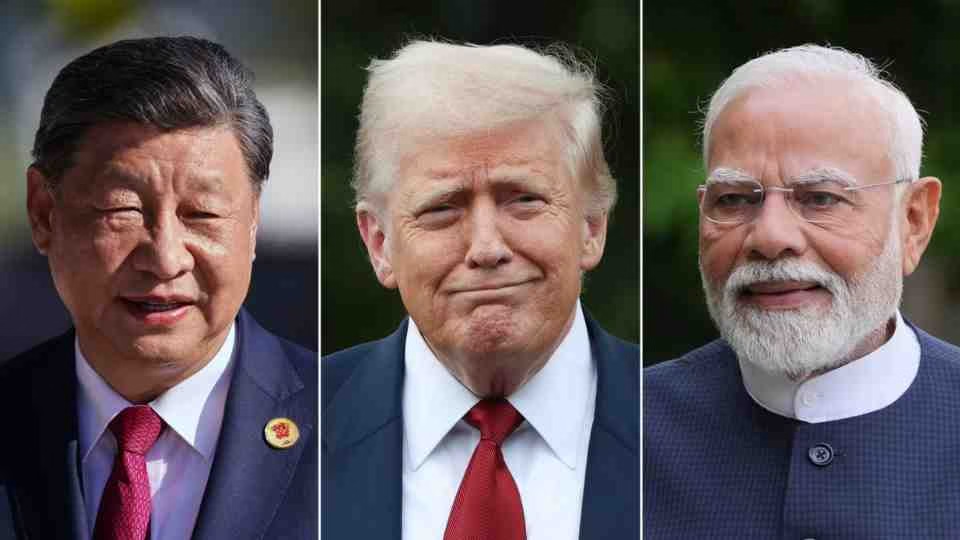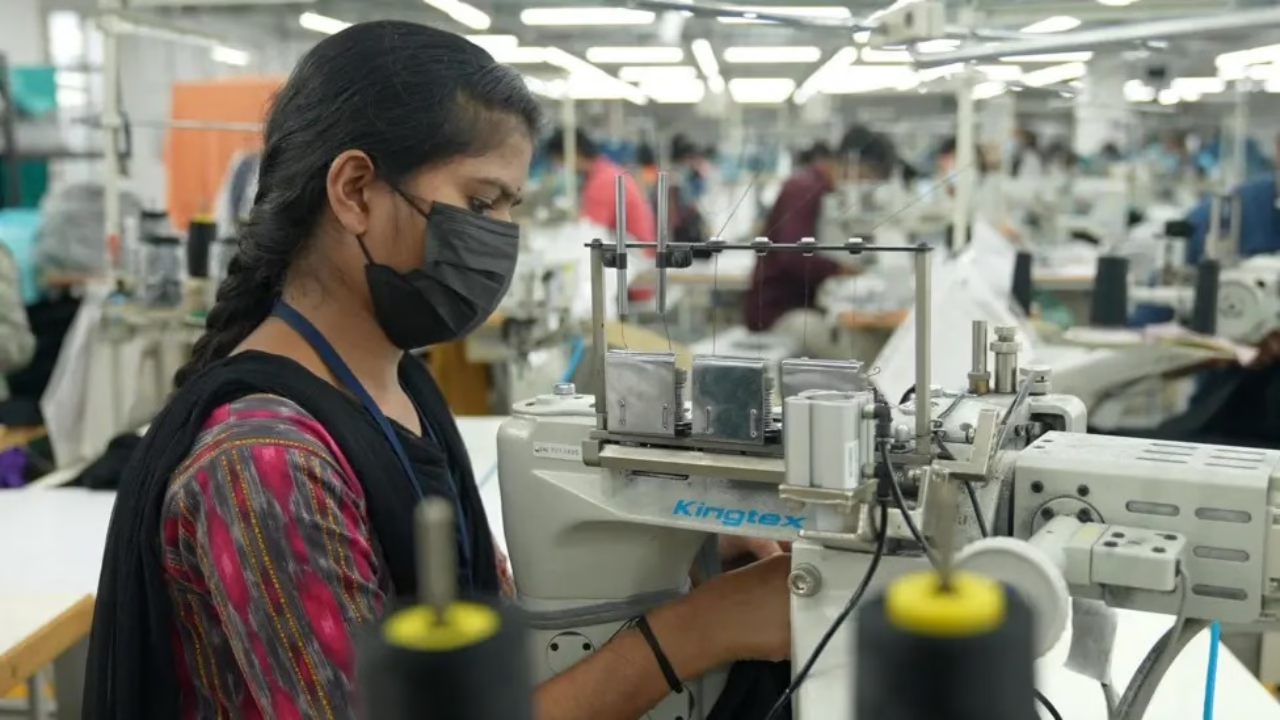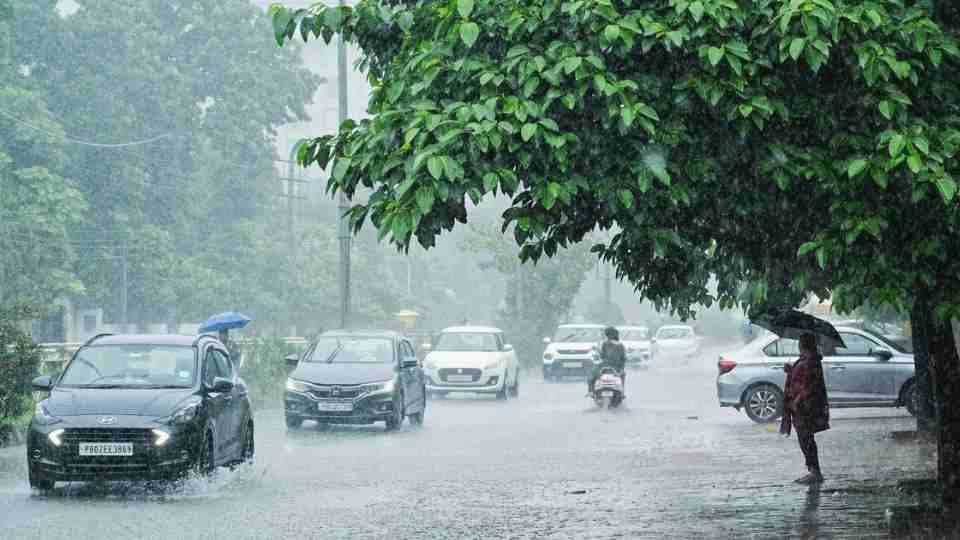A diplomatic crisis unfolds as trade tensions reach breaking point
In an unprecedented diplomatic standoff that has shocked international observers, Indian Prime Minister Narendra Modi has reportedly refused to take four separate phone calls from US President Donald Trump over recent weeks, marking one of the most serious deteriorations in US-India relations in decades.
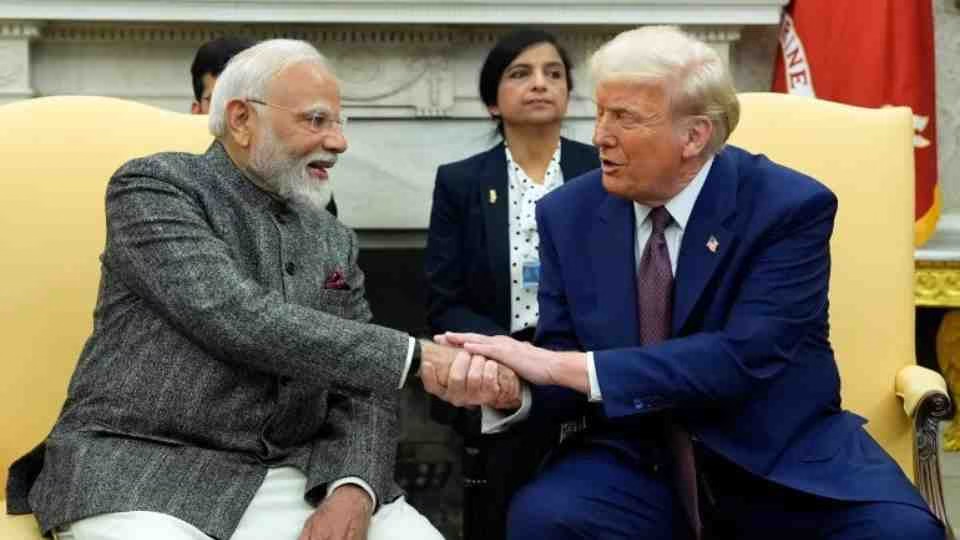
The Breakdown
The extraordinary snub comes amid escalating trade tensions between the world’s oldest and largest democracies, with Trump imposing punitive tariffs on Indian goods in response to New Delhi’s continued energy trade with Russia. According to reports from Germany’s Frankfurter Allgemeine Zeitung and Japan’s Nikkei Asia, Trump’s repeated attempts to reach Modi directly have been met with silence from the Indian leader’s office.
“Trump has tried four times in recent weeks to get Modi on the phone. But Modi refuses to take the call,” the German newspaper reported, citing diplomatic sources. The Japanese publication went further, suggesting that “the Indian leader has consistently refused to take the calls, further heightening Trump’s frustration.”
The Tariff War Escalates
The diplomatic freeze stems from Trump’s decision to impose an additional 25% tariff on Indian goods in early August 2025, bringing total US tariffs on Indian products to a staggering 50%. The punitive measures, which took effect on August 27, 2025, were explicitly designed to pressure India over its Russian oil purchases.
“So we settled on 25% [tariffs] but I think I’m going to raise that very substantially over the next 24 hours, because they’re buying Russian oil. They’re fueling the war machine,” Trump declared, making clear the connection between India’s energy policy and American trade punishment.
The tariffs represent a dramatic escalation from what both governments had previously called “the most consequential partnership of the 21st century.” The relationship, built on shared democratic values and strategic cooperation in the Indo-Pacific, now appears to be crumbling under the weight of competing national interests.
India’s Energy Dilemma
At the heart of the crisis lies India’s energy security strategy. Since Russia’s invasion of Ukraine, India has dramatically increased its crude oil imports from Moscow, with some major refineries like Reliance seeing Russian oil imports surge from just 3% before the war to 50% currently. For India, this represents a practical solution to keeping energy costs manageable for its 1.4 billion citizens.
But for Trump’s administration, India’s energy pragmatism represents an unacceptable lifeline to Russia’s war machine. The US has made clear that continued Russian oil purchases will be met with increasingly severe economic consequences, regardless of India’s legitimate energy needs.
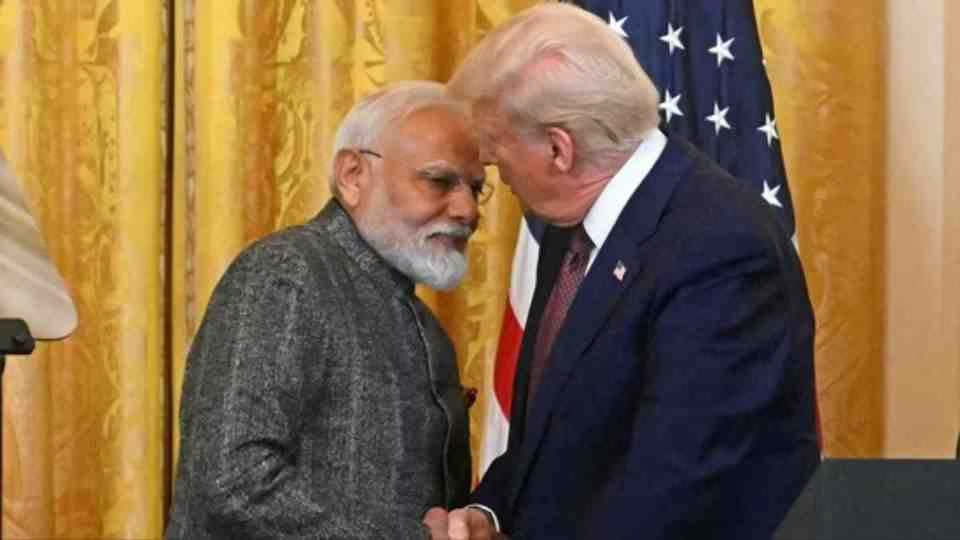
Strategic Calculations
Modi’s decision to ignore Trump’s calls appears to reflect both deep frustration with American trade pressure and strategic caution about engaging in what New Delhi may view as coercive negotiations. Indian diplomatic experts suggest that the Prime Minister is unwilling to participate in discussions where the starting position involves economic punishment for India’s sovereign energy choices.
The phone call standoff represents a calculated risk by Modi, who appears to be betting that India’s strategic importance to the US will ultimately force Washington to reconsider its approach. However, it also risks further escalating tensions with an administration that has shown little patience for diplomatic niceties.
Economic Consequences
The immediate impact is already being felt in India’s export sector. Indian exporters are reportedly bracing for a sharp decline in US orders following the collapse of trade talks and confirmation of the steep new tariffs. The 50% total tariff rate effectively prices many Indian goods out of the competitive American market, threatening jobs and economic growth in key export industries.
For American consumers, the tariffs mean higher prices on Indian-made goods, from textiles to pharmaceuticals to technology services. The trade war’s costs are being borne by businesses and consumers on both sides of the Pacific.
A Partnership in Crisis
The current crisis represents a dramatic reversal from the optimism that characterized US-India relations in recent years. Both countries had invested heavily in building what they termed a comprehensive global strategic partnership, encompassing everything from defense cooperation to space exploration to technology sharing.
Now, that partnership faces its most serious test. The question is whether two democratic allies can find a way back from the brink, or whether competing national interests will permanently damage one of the 21st century’s most important bilateral relationships.
What’s Next?
With Modi maintaining his silence and Trump’s frustration reportedly growing, the standoff shows no signs of immediate resolution. Both leaders face domestic political pressures that make compromise difficult – Trump must appear tough on countries supporting Russia, while Modi cannot be seen as bowing to foreign economic pressure.
The international community watches nervously as two crucial allies drift apart at a time when global cooperation is desperately needed. The silent phones between Washington and New Delhi may be the loudest diplomatic statement of 2025.
As this story develops, the world waits to see whether dialogue can replace the current diplomatic deep freeze, or whether the partnership once hailed as defining the century will become its most significant casualty.

